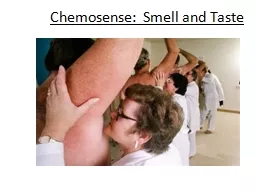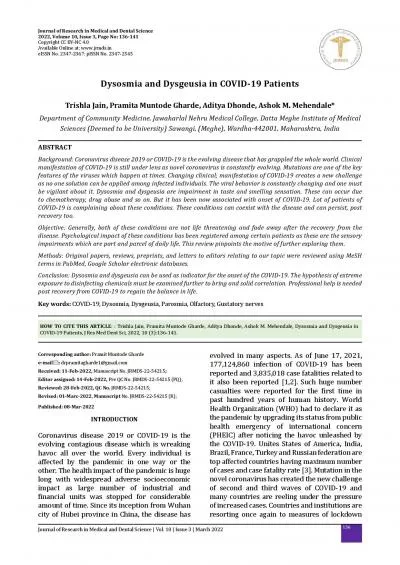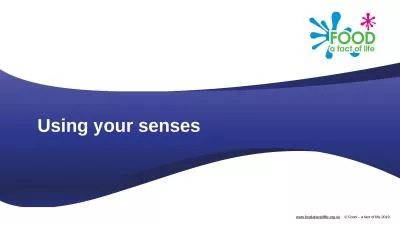PPT-SMELL & TASTE by Adejare A. A.
Author : catherine | Published Date : 2022-02-12
Department of Physiology College of Medicine University of Lagos Introduction Smell and taste are generally classified as visceral senses because of their close
Presentation Embed Code
Download Presentation
Download Presentation The PPT/PDF document "SMELL & TASTE by Adejare A. A." is the property of its rightful owner. Permission is granted to download and print the materials on this website for personal, non-commercial use only, and to display it on your personal computer provided you do not modify the materials and that you retain all copyright notices contained in the materials. By downloading content from our website, you accept the terms of this agreement.
SMELL & TASTE by Adejare A. A.: Transcript
Download Rules Of Document
"SMELL & TASTE by Adejare A. A."The content belongs to its owner. You may download and print it for personal use, without modification, and keep all copyright notices. By downloading, you agree to these terms.
Related Documents














